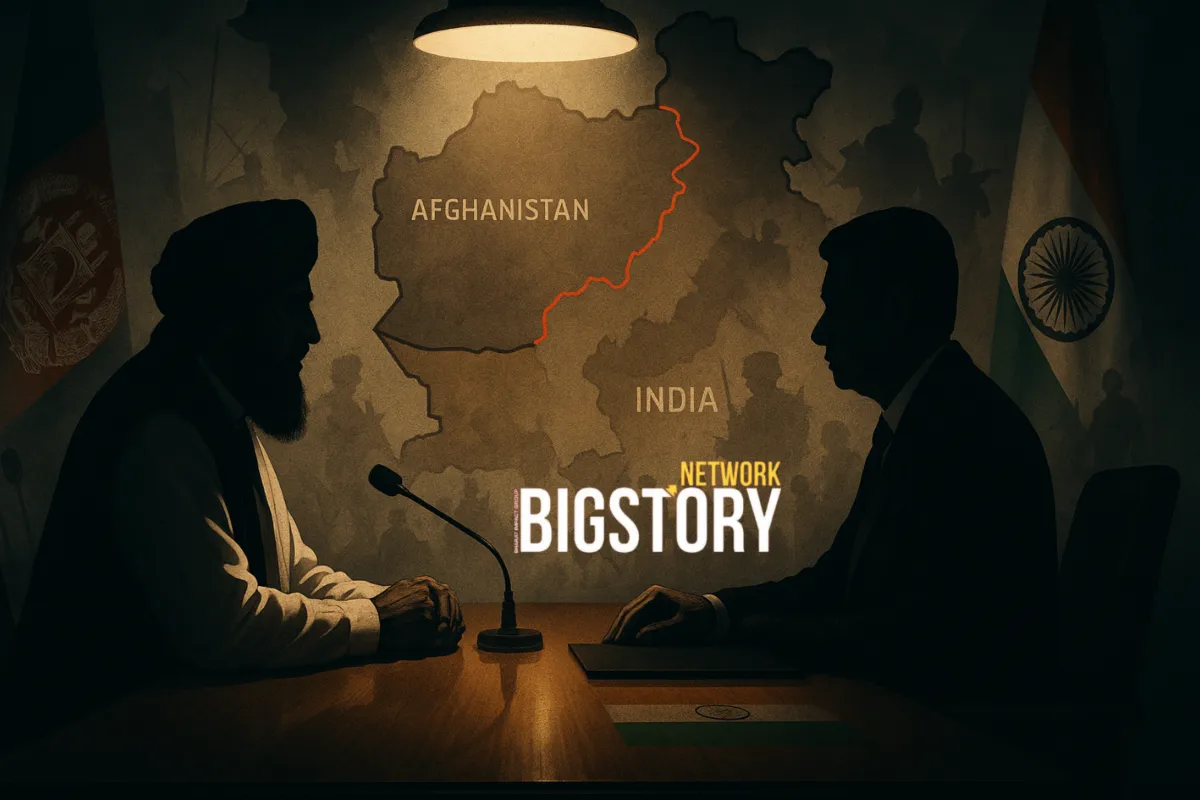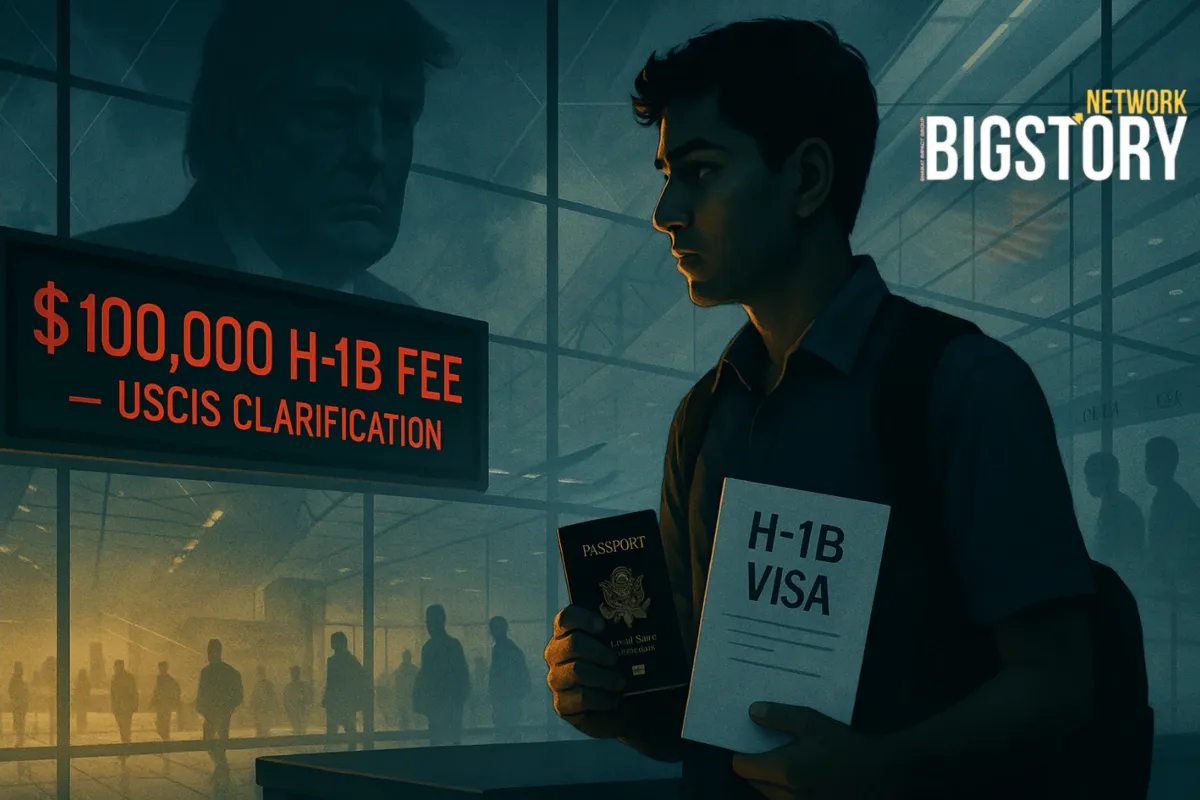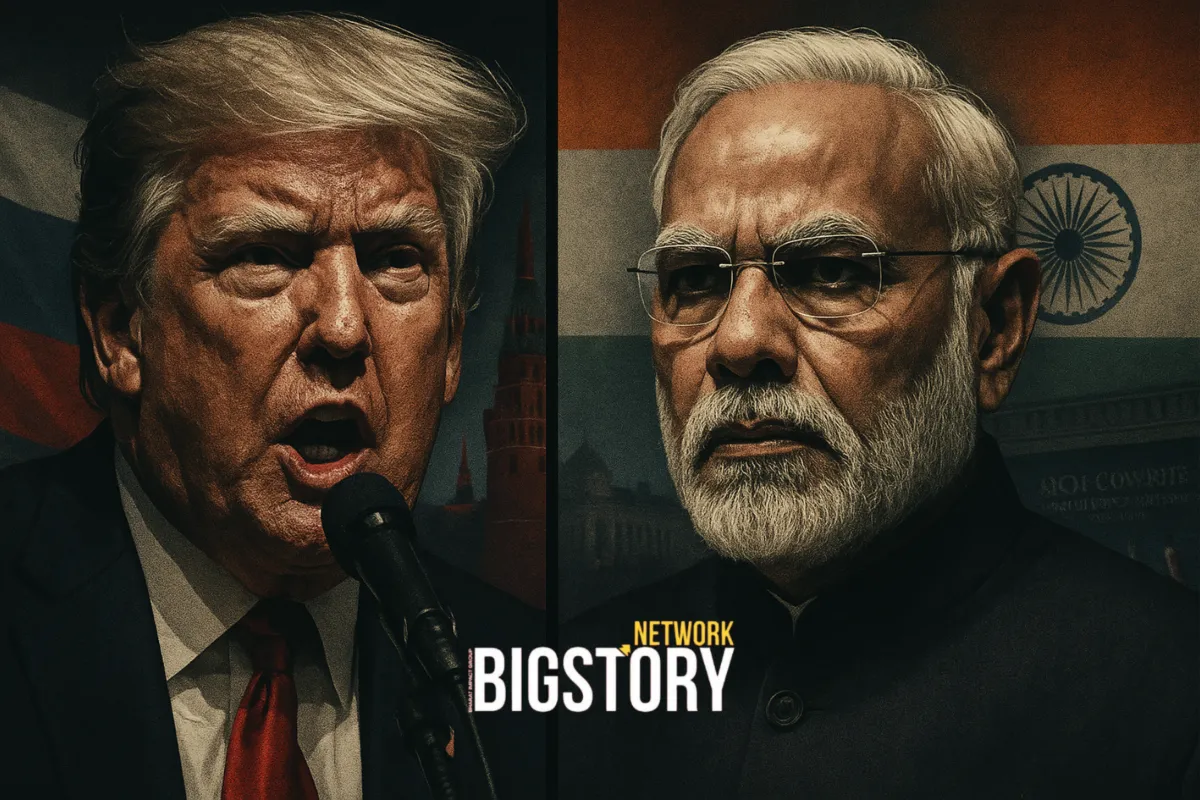Russia’s message to New Delhi is unusually direct and unmistakable: India matters—economically, strategically, and symbolically. Against the backdrop of evolving global energy flows and sanctions-driven realignments, Moscow has signaled that President Vladimir Putin is expected to visit New Delhi by the end of the year, with a priority agenda that blends diplomacy with a hard-nosed push to expand Russian oil sales to India. Russian officials have also flagged a persistent trade imbalance and are seeking mechanisms that broaden exports to India beyond hydrocarbons, while making it easier to settle payments without friction.
The renewed focus on India is not happening in a vacuum. Since the global oil market was convulsed by conflict-driven disruptions and sanctions, India has emerged as a pivotal buyer of discounted Russian crude, a role that has materially reshaped Moscow’s energy export map. For India, this shift has dovetailed with a core imperative: maintain energy security, keep inflation in check, and preserve growth momentum in a volatile external environment. Cheap barrels and steady supply have tangible domestic consequences—lower input costs, improved margins for refiners, and a buffer against external shocks that might otherwise ripple through fuel prices and logistics.
Yet the relationship is about more than oil. Trade between the two countries has grown rapidly, but the composition is skewed. Russia runs a substantial surplus due to energy exports, fertilizers, and certain commodities, while Indian exports have struggled to keep pace. Russian officials have been candid about this imbalance, tying it to payment challenges, shipping insurance, and the need for a wider product basket from India—everything from pharmaceuticals and machinery to consumer goods and services. In practical terms, Moscow is looking for durable channels to recycle its India earnings into purchases that are both sanction-resilient and commercially viable.
A Putin visit to New Delhi by year-end would underscore continuity in a relationship that has weathered profound geopolitical shifts. The optics are significant: a top-level engagement suggests both sides want to align on a few near-term deliverables. Likely items on the table include long-term energy contracts at predictable differentials, expanded use of alternative payment arrangements, and a roadmap to diversify trade. India’s side will push for price stability, logistical reliability, and clarity on maritime insurance, while emphasizing opportunities for Indian goods and services in the Russian market. Russia, for its part, will argue for higher offtake commitments and more flexible settlement frameworks that reduce currency and compliance frictions.
Energy remains the anchor. Indian refiners have become adept at blending and routing crude flows to optimize margins, and Russian barrels—Urals, ESPO, and other grades—have been central to this strategy. As Moscow seeks to sell more oil, the negotiation will turn on three questions: price benchmarks versus global markers, the cost and reliability of shipping routes, and the durability of financial channels for settlement. If these issues can be stabilized through state-level understandings and industry-to-industry contracts, both sides stand to gain. India secures supply and spreads risk; Russia preserves market access and hard-currency alternatives in a constrained environment.
There is also a technology and services dimension that is often overlooked. Russia’s interest in moving beyond raw commodity exports aligns with India’s strengths in pharmaceuticals, IT services, equipment manufacturing, and automotive components. However, scaling these flows will require consistent banking lines, clear compliance guides for exporters, and insurance solutions acceptable to both sides. Expect working groups to revisit rupee-based mechanisms, third-country settlement options, and the use of specialized financial institutions that can operate within current constraints. The goal is not just transactional relief but institutional predictability.
Strategically, a high-level visit would also be read in the context of India’s multi-alignment. New Delhi has kept lines open with all major poles—Washington, Moscow, Brussels, and key partners in the Gulf and East Asia—balancing values, interests, and geography. Engagement with Russia, especially on energy, defense spares, and space or nuclear cooperation where applicable, is part of a long arc in Indian foreign policy. That said, India has been careful to frame its choices through the lens of national interest—affordable energy, domestic industrial priorities, and stability in supply chains. A successful visit would reaffirm that stance while avoiding entanglement in polarizing narratives.
The trade imbalance, meanwhile, is as much about structure as it is about policy. When one partner’s exports are dominated by high-value, high-volume commodities and the other’s by a mix of goods and services with thinner margins or higher compliance friction, surpluses are almost inevitable. The corrective steps are clear but non-trivial: widen the export basket, build tailored financing, and iron out logistics. For India, this means identifying product categories that can scale in Russia without running into regulatory chokepoints—finished drugs with clear approvals, agri and food products with strong certification, engineering goods with after-sales networks, and digital services with robust data localization compliance. For Russia, it implies a more welcoming environment for Indian suppliers, faster customs clearance, and structured B2B matchmaking through trade fairs and chambers.
Oil will continue to dominate headlines, but fertilizers, coal, and other raw materials will also feature in the conversation, not least because they directly impact Indian agriculture and heavy industry. If Moscow wants to increase oil sales, it will likely present a package that includes favorable terms on associated commodities and logistics support. Indian negotiators will test these offers against global alternatives and domestic price sensitivities. In parallel, the two sides could revisit infrastructure cooperation—ports, shipping corridors, and perhaps joint investments in storage—to make the energy relationship more resilient and less exposed to third-country bottlenecks.
Another thread to watch is insurance and compliance. Even when prices are attractive, cargoes can be delayed by paperwork, banking hesitations, or insurance limits. One of the quiet successes of recent years has been the incremental normalization of these flows through learning-by-doing: banks, shippers, and refiners have gradually refined processes to keep trade moving. A visit by the Russian president offers an opportunity to convert these ad hoc fixes into standard operating procedures, reducing uncertainty for corporate decision-makers.
Public perception also matters. Indian consumers ultimately care about pump prices and broader inflation, not the intricacies of international settlement frameworks. If the India-Russia energy corridor helps keep costs in check, it will find public support—even as policymakers hedge by diversifying suppliers from the Middle East, the US, Africa, and Latin America. For Russia, maintaining India as a dependable buyer supports budgetary stability and signals that Moscow retains significant partners in Asia. That signaling effect is valuable in its own right.
Looking ahead, a few practical outcomes would count as success. First, a clear joint statement that acknowledges the trade imbalance and outlines a mutually agreed plan to narrow it, with milestones for expanding Indian exports. Second, a set of energy MOUs that lock in baseline volumes with transparent pricing formulas and shipping assurances. Third, a financing framework—whether rupee-linked, third-country intermediated, or a hybrid—that traders and banks can reliably use without last-minute surprises. And fourth, sectoral initiatives that go beyond oil: pharma approvals, IT service corridors, and industrial parts supply chains built for endurance.
None of this will be effortless. Global markets remain volatile, sanctions evolve, and logistics can be thrown off course by events far from New Delhi or Moscow. But the intent behind a year-end visit is to institutionalize cooperation so that it does not hinge on day-to-day improvisation. If the two sides can convert intent into architecture—contracts, corridors, compliance routines—the relationship will be better placed to absorb shocks.
In simple terms, Russia’s message that “India matters very much” is an overture, and oil is the lever through which Moscow hopes to turn sentiment into scale. India’s response will be pragmatic: secure energy at the right price, open doors for its exporters, and protect strategic autonomy. A high-level handshake in New Delhi can set that work in motion, but the real test will be in the months that follow—on refinery docks, in bank back offices, and along shipping lanes where policy becomes practice.







Leave a Reply